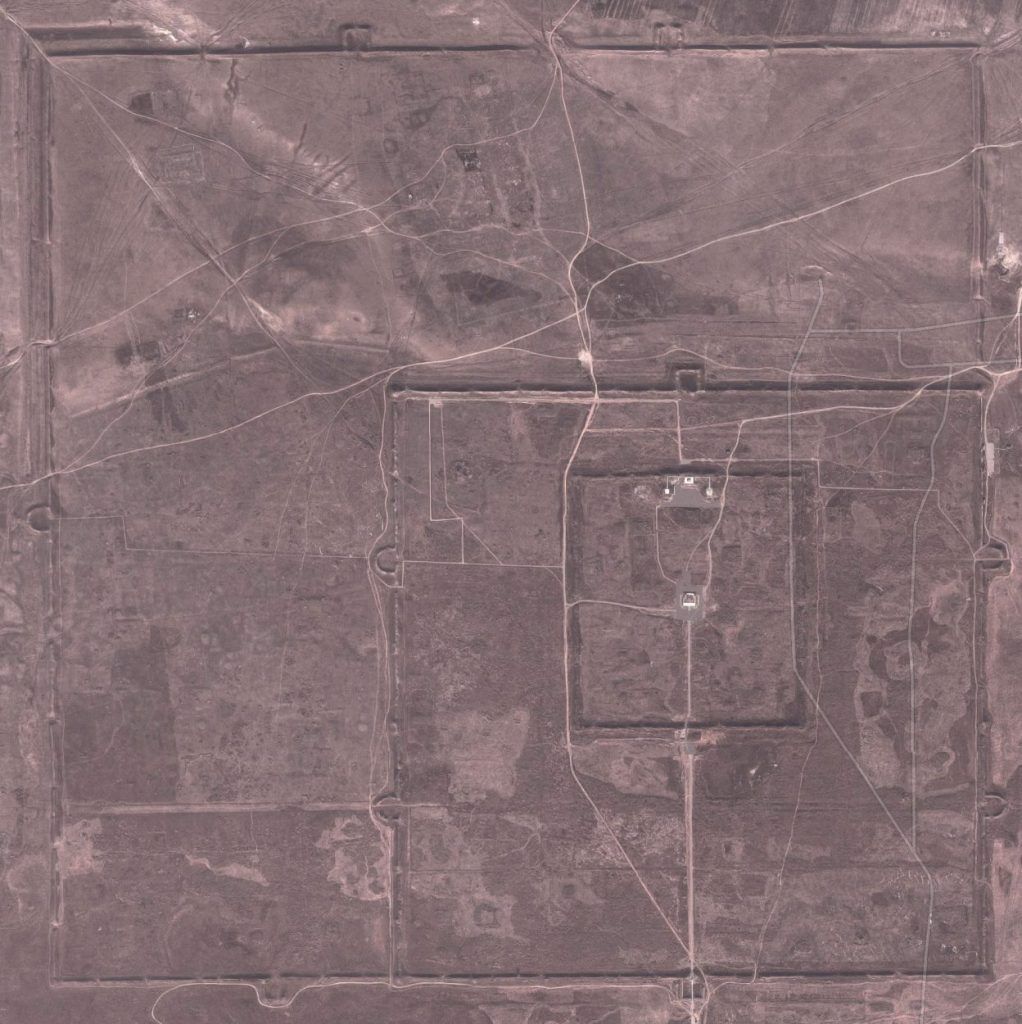Xanadu, also called Shangdu is an archaeological site and summer capital of the Yuan dynasty that ruled the Mongol Empire.
Xanadu is located in the modern-day Zhenglan Banner in inner Mongolia on the southeastern edge of the Mongolian plateau.
The city was founded as the first capital of Kublai Khan, the leader of the Mongol Borjigin clan who founded the Yuan dynasty that ruled most of modern-day China, Korea, and its surrounding areas.
Kublai Khan was the fifth Khagan (Great Khan) of the Mongol Empire, reigning from AD 1260 to 1294 and was the grandson of Genghis Khan. By AD 1279, the Mongol conquest of the Song dynasty was completed, and Kublai became the first non-Han emperor to conquer all of China.
Xanadu was built in accordance with feng shui principles, with hills to the north and a river to the south and was designed by Kublai Khan’s Chinese advisor, Liu Bingzhong in AD 1256. Historians have suggested that Xanadu is a literal cultural fusion of nomadic and agrarian practises that embodied Mongolian and Han Chinese cultural practices.

The city became an important stopping place on the silk route, receiving many foreign envoys and, among them Marco Polo in AD 1275-1292, who recorded his experiences in The Travels of Marco Polo.
The city is roughly square-shaped covering an area of 1195 acres that consisted of an Outer City, the Imperial City, and the Palace City.
The Palace City was enclosed by defensive walls and contained the royal pavilions and palaces such as the Da’an Pavilion, where the royal court was held and the Muqing Palace, the primary royal residence with multiple banqueting halls.
The Imperial City encloses the Palace City and contained various civic buildings, monasteries, and temples such as the Zen Buddhist Huayun Temple and the Tibetan Qianyuan Temple.
The Outer City was is split into two regions, the lower part was known as Xinei and was where the Mongolian people installed tents and feasted in the “ira ordo”, the tented palace (identified as the cane palace described by Marco Polo).
The northern region was called Beiyuan and was a large garden complex where the Yuan Dynasty grew exotic and rare plants. Four neighbourhoods outside the Outer City extended about 2,000 m to the east, south, west, and north, in total amounting to an area of 3017 acres.
In AD 1368 Xanadu was conquered by the Ming and destroyed. The city served the Ming as a military post but would be completely abandoned by AD 1430. Although stone remains of the city survived into the 19th century, by the 1990s the material had been completely removed, possibly by local inhabitants of the nearby town of Dolon Nor for constructing their homes.
Header Image Credit : Flaumfeder – CC BY-SA 4.0







